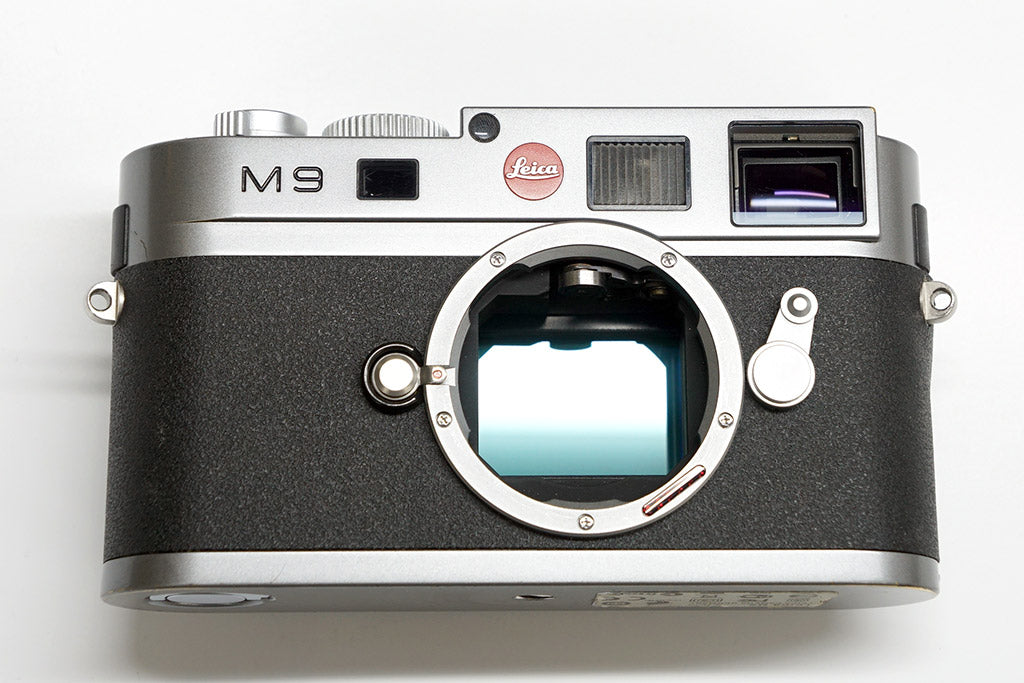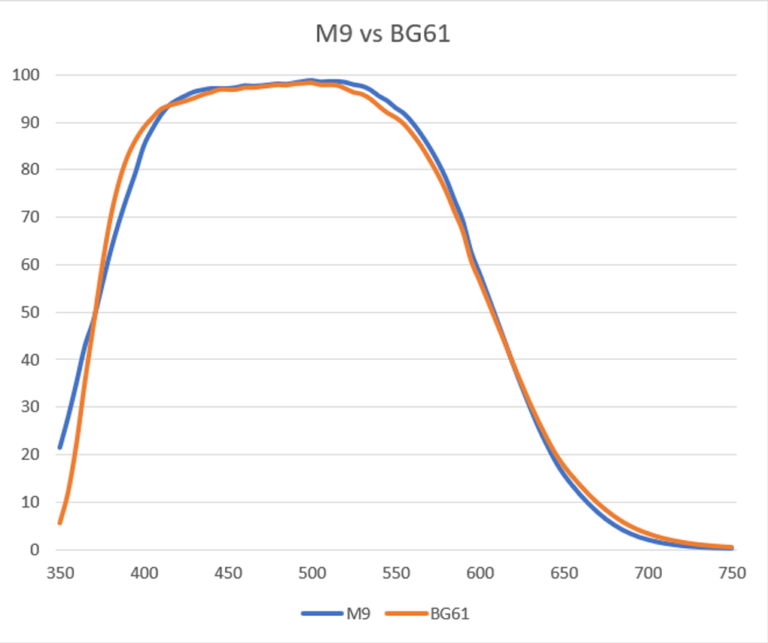Free Shipping Within the USA On Orders Over $75
Friendly US Based Customer Service
Internationally Trusted Innovations
Eco-Friendly
Lifetime Filter Warranty

This is a replacement of the entire sensor stack. This service will replace the stack with a fully functioning Leica CCD sensor including our corrosion resistant BG61 glass.
This service fixes the dreaded failed sensor, half screen, or “purple curtain” type failures, that can look like a fully or half dead screen, or like the effect shown below. If your sensor only has spots, you most likely only need our corroded sensor glass replacement services which can be found HERE.
Some repairs are not possible (or very high risk) because of an extremely strong bond that can not be softened for a safe filter removal. When we receive your camera, we will perform a full evaluation and see if the repair is feasible, and if there are any digital issues, or issues that will make your sensor repair high risk (for example existing cracks in the sensor glass, gel issues, etc).
If we find that we cannot repair your camera, or consider it a high risk repair, we will stop the repair process, reassemble your camera, and notify you for approval to continue with the repair or return the camera as-is. In the event that we can not move forward with your repair for any reason, we will return your camera and process a refund for your repair minus fees.
Fees include a 110€ evaluation fee, a 5% processing fee, and return shipping costs.

If you’d like to check what kind of sensor your Leica M9 has, you can do so by following the prompt below:
1. Enter the menu.
2. Press delete -> up (2x) -> down (4x) -> left (3x) -> right (3x) -> Info – This button combination will enter the camera into debugging mode.)
3. Select Hardware ID. Your sensor type will be the first option under this menu.
We are now using a new BG61 glass with anti-reflective coated which is nearly an identical match to the original M9 glass filter. We designed the BG61 to be the same thickness as the original filter while also matching the transmission properties. This is a highly specialized glass made by Schott that is inherently corrosion resistant, even before we put an additional protective anti-reflective and anti-smudge coating to seal from the environment. This filter cannot corrode by design, even if the coatings get scratched.

| Vendor: | Kolari Vision EU |
|---|---|
| Camera Model: | Leica M9, Leica M9-P, Leica M-E |
| CCD ID: | CCD ID 3-8, CCD ID 11-12 |
| Rangefinder Vertical Alignment Calibration: | Yes, No |